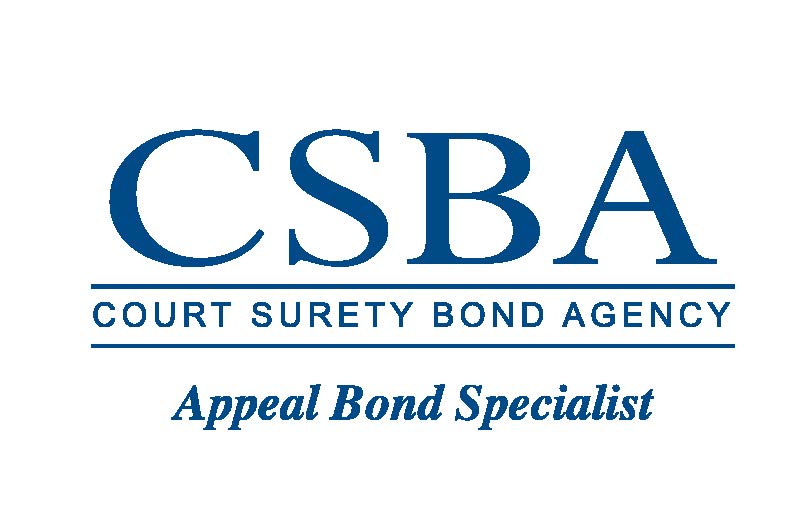Spring 2015
By E. Lugo
The harmless error standard applicable to civil cases has changed. Late last year, the Florida Supreme Court held that an error is harmless if “the error complained of did not contribute to the verdict” or “there is no reasonable possibility that the error complained of contributed to the verdict.” Special v. W. Boca Med. Ctr., No. SC11-2511, 2014 WL 5856384, at *1 (Fla. Nov. 13, 2014). This new test is a modified version of the standard from State v. DiGuilio, 491 So. 2d 1129 (Fla. 1986), that applies in criminal cases.
The Special test places the burden of proving harmless error on the beneficiary of an error. It also places an obligation on the appellate court to examine the entire record and to focus on the effect of an error on the fact-finder. The court cannot focus solely on the outcome of a case to decide whether an error is harmless. An error is harmful unless the beneficiary of the error proves there is no reasonable possibility the error contributed to the verdict. The harmless error analysis from Special is concerned with the process of arriving at a result and is not limited to the result itself.
The Special test supersedes the earlier harmless error standard in civil cases that applied in the Second District. The Second District Court of Appeal had formulated a test that focused only on the result: an error required reversal only if it was “reasonably probable that a result more favorable to the appellant would have been reached if the error had not been committed.” Damico v. Lundberg, 379 So. 2d 964, 965 (Fla. 2d DCA 1979). The Damico standard differs from the Special test in two ways: (1) Damico focused on the effect of an error on the result regardless of any effect on the fact-finder and (2) a reversal under Damico required a “reasonable probability” instead of the mere “reasonable possibility” from Special.
At first blush, the Special test may increase the number of reversals. Appellate courts will now reverse when an error affects the fact-finder, even if the error had no impact on the result. And appellees will have to meet the “reasonable possibility” standard derived from DiGuilio, which is based on the higher burden of proof in criminal cases and reflects “the strictest formulation of the harmless error test.” Special, 2014 WL 5856384, at *16 (Pariente, J., concurring in part and dissenting in part). A case will now be reversed if there is any “reasonable possibility” that the error contributed to the verdict. E.g., Landmark Am. Ins. Co. v. Pinson Corp., Nos. 4D12-3997 & 4D12-4002, 2015 WL 71849 (Fla. 4th DCA Jan. 7, 2015) (applying the Special standard to reverse a jury verdict)
Further, Special may have an impact on motions for new trial. A trial judge ruling on such a motion effectively acts as an appellate judge, immediately correcting a prejudicial error. Krolick v. Monroe ex rel. Mon- roe, 909 So. 2d 910, 914 (Fla. 2d DCA 2005). Therefore, if Special makes it easier to show prejudicial error, then trial courts may also be more likely to grant motions for new trial.
Ezequiel Lugo is a Senior Associate at Butler Pappas in Tampa and is Board Certified as a Specialist in Appellate Practice.
*This article is reprinted with permission by the Hillsborough County Bar Association’s publication, The Lawyer.


